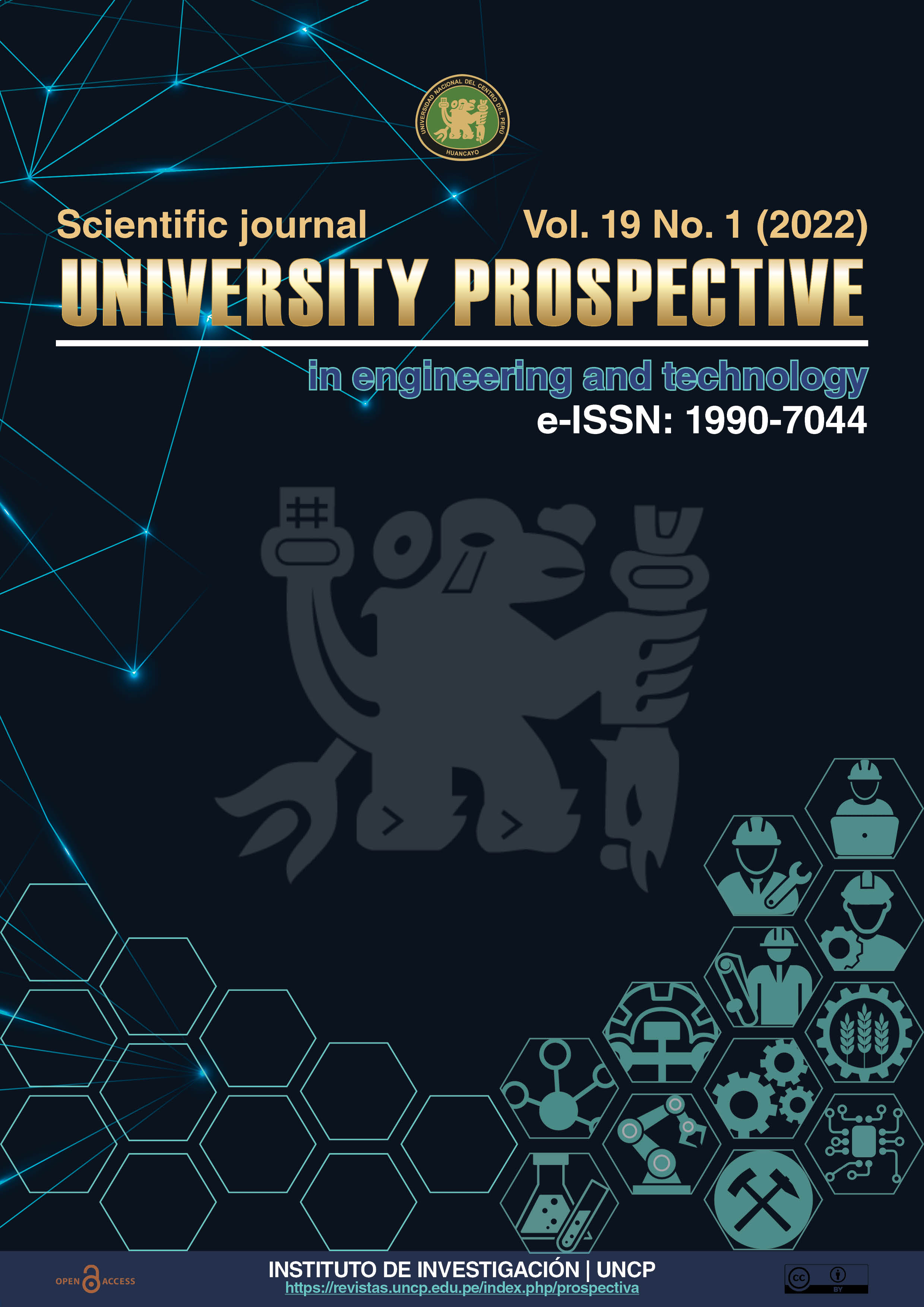Architectural transculturation and hybridisation in the historic centre of metropolitan Lima
DOI:
https://doi.org/10.26490/uncp.prospectivauniversitaria.2022.19.1943Keywords:
Transculturalism, Multiculturalism, Hybridity, Architectural, Historical centerAbstract
Each culture has its own customs, uses and expressions, which, when superimposed on others, create a novel response that is gradually adapted as official culture. The study consists of identifying these manifestations in order to know the way in which they achieve the transformation or hybridization of the place. The historical center of Lima was selected as the study site, which is a conglomeration of buildings where very varied urban mutations can be appreciated. The study involved an analysis of actors and actions in which samples and examples have been selected that result in interposing personal and/or collective patterns with other equivalent ones, exposing a typological repertoire where each building, neighborhood or transect does not allow us to know what they are, but we do know what they are not. This is the central point between transculturation and architectural hybridization
Downloads
References
Córdova, A. (1948). Lima, Ciudad Enferma. El Comercio, 26.
D’Allemand, P. (1995). Angel Rama: El discurso de la transculturación. Nuevo texto crítico, 8(16), 133-152. https://doi.org/10.1353/ntc.1995.0003
Rael, R. (2006). Arquitectura híbrida: Nueve obras en arquitectura de tierra. Construir con tierra ayer y hoy: V Seminario Iberoamericano de Construcción con tierra ; I Seminario Argentino de Arquitectura y Constrición con tierra, 14 al 17 de Junio de 2006, Mendoza, Argentina, 2006, ISBN 9789506920678, pág. 32, 32. Consultado el 6 de octubre de 2023, desde https://dialnet.unirioja.es/servlet/articulo?codigo=4500035
Downloads
Published
Issue
Section
License
Copyright (c) 2024 Prospectiva Universitaria

This work is licensed under a Creative Commons Attribution-NonCommercial-ShareAlike 4.0 International License.
Esta Revista es de acceso abierto a su contenido a través del Internet, poniendo a disposición de la comunidad científica los resultados de la investigación, de manera gratuita, para el intercambio del conocimiento desarrollado.
El contenidos de la Revista se distribuyen bajo la licencia Creative Commons Reconocimiento-NoComercial-CompartirIgual 4.0 Internacional.
![IconJournalPU [ENG] by Edgar Julian-Laime®](https://revistas.uncp.edu.pe/public/journals/1/pageHeaderLogoImage_en.png)









